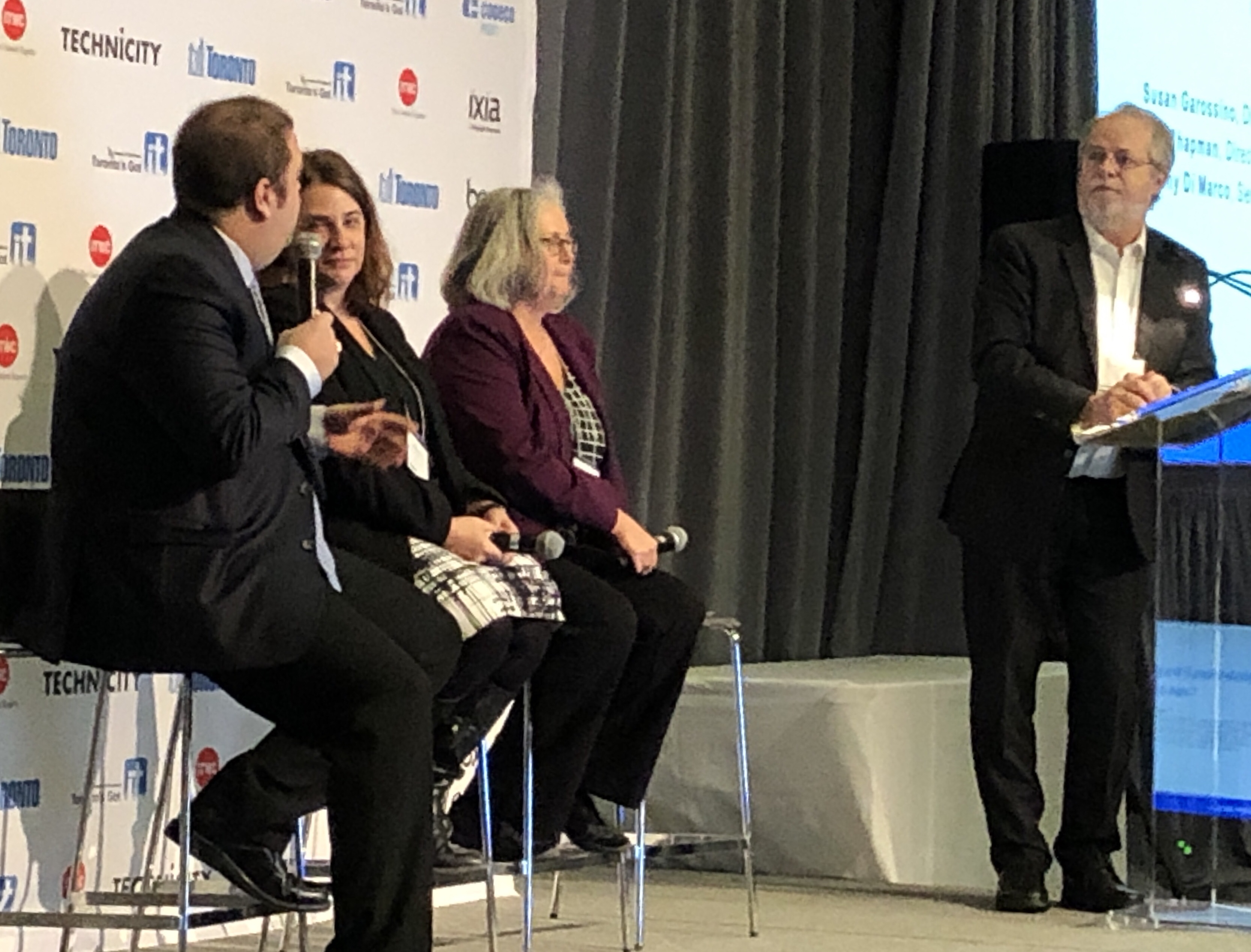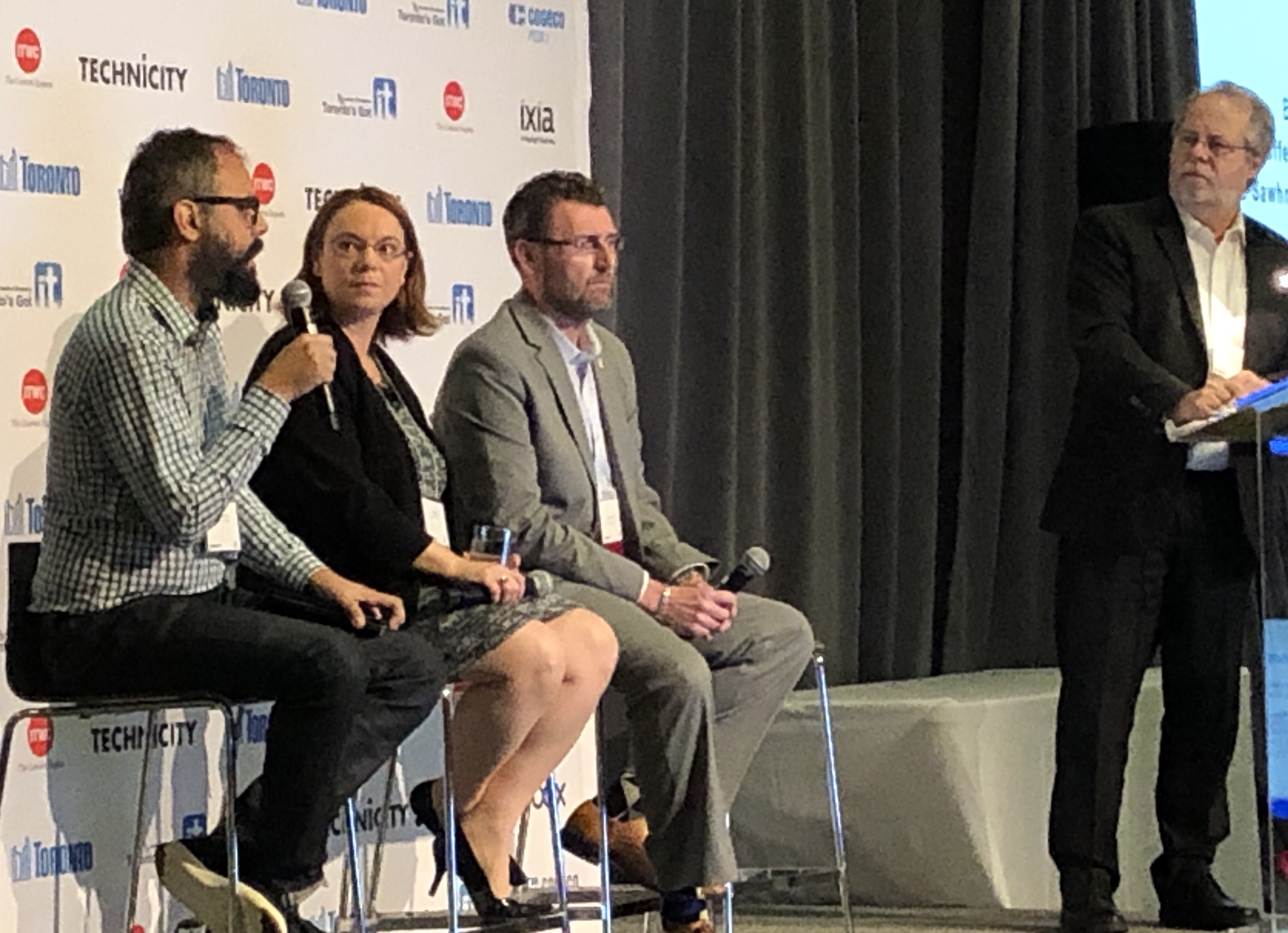Jim Williams, Head of Operations and Shared Services Technology for RBC Capital Markets had an on-stage fireside chat with Bernadette Nixon about what they’ve been doing with Alfresco over the past five years.
The focus of their implementation is back office operations, including trade confirmations, settlement and other transactions, especially with all of the regulatory implications and changes. They started looking at this in 2015 for a specific use case (equity trade confirmations) when they had no cohesive platform and many manual processes, and now have several different applications on Alfresco technology. Their transactions tend to be more complex, not just simple financial transactions, so have specific concerns with integrating multiple sources of information, and multiple business rules regarding regulations and compliance. They were an early customer for the Application Development Framework (ADF), and it has allowed them to build apps more quickly due to shared components such as single signon. They’re now replacing some of their 10-year-old legacy processes that were initially on Pega, providing more agility in the deployed processes.
He shared some great feedback from the actual users of the applications on their experience and the benefits that they’re seeing, which included the usual operational hot buttons of simplification, cost reduction, productivity increase, reduced risk and scalability, plus innovation and transformation. He joked that they’ve reduced their organizational dependency on Excel, but that’s a very real measure: when I work with enterprise customers on improving processes, I always look for the “spreadsheet and email” processes that we need to replace.
They explored RPA technology but came to the inevitable conclusion that it was just a stopgap: it can make a bad process work a bit faster or better, but it doesn’t fundamentally make it a good process. This was an interesting comment following on a side conversation that I had with Nixon at the break about how Lean Six Sigma initiatives — still all the rage in many financial organizations — are more about incremental improvement than transformation.
Happy to see a process-centric use case taking top billing here: I may need to reassess my earlier statement that Alfresco sometimes forgets about process. 🙂


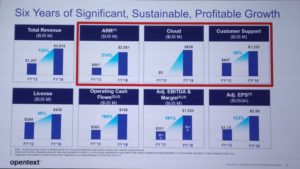
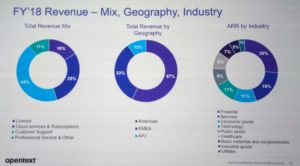
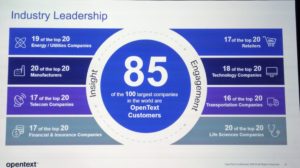
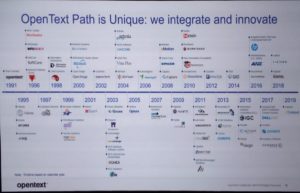
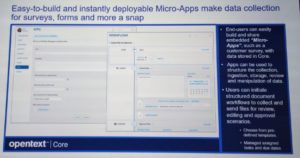
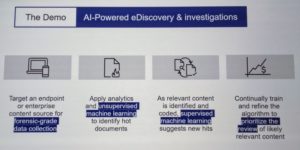


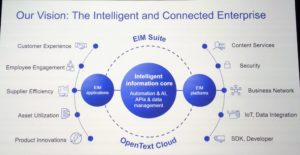
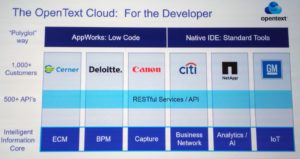
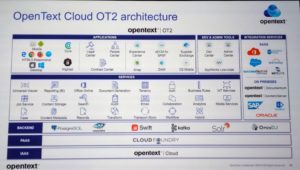
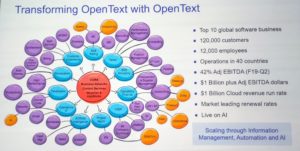
 The rest of the afternoon was the 10th annual Toronto’s Got IT Awards of Excellence, but unfortunately I had to duck out for other meetings, so that’s it for my Technicity 2018 coverage.
The rest of the afternoon was the 10th annual Toronto’s Got IT Awards of Excellence, but unfortunately I had to duck out for other meetings, so that’s it for my Technicity 2018 coverage.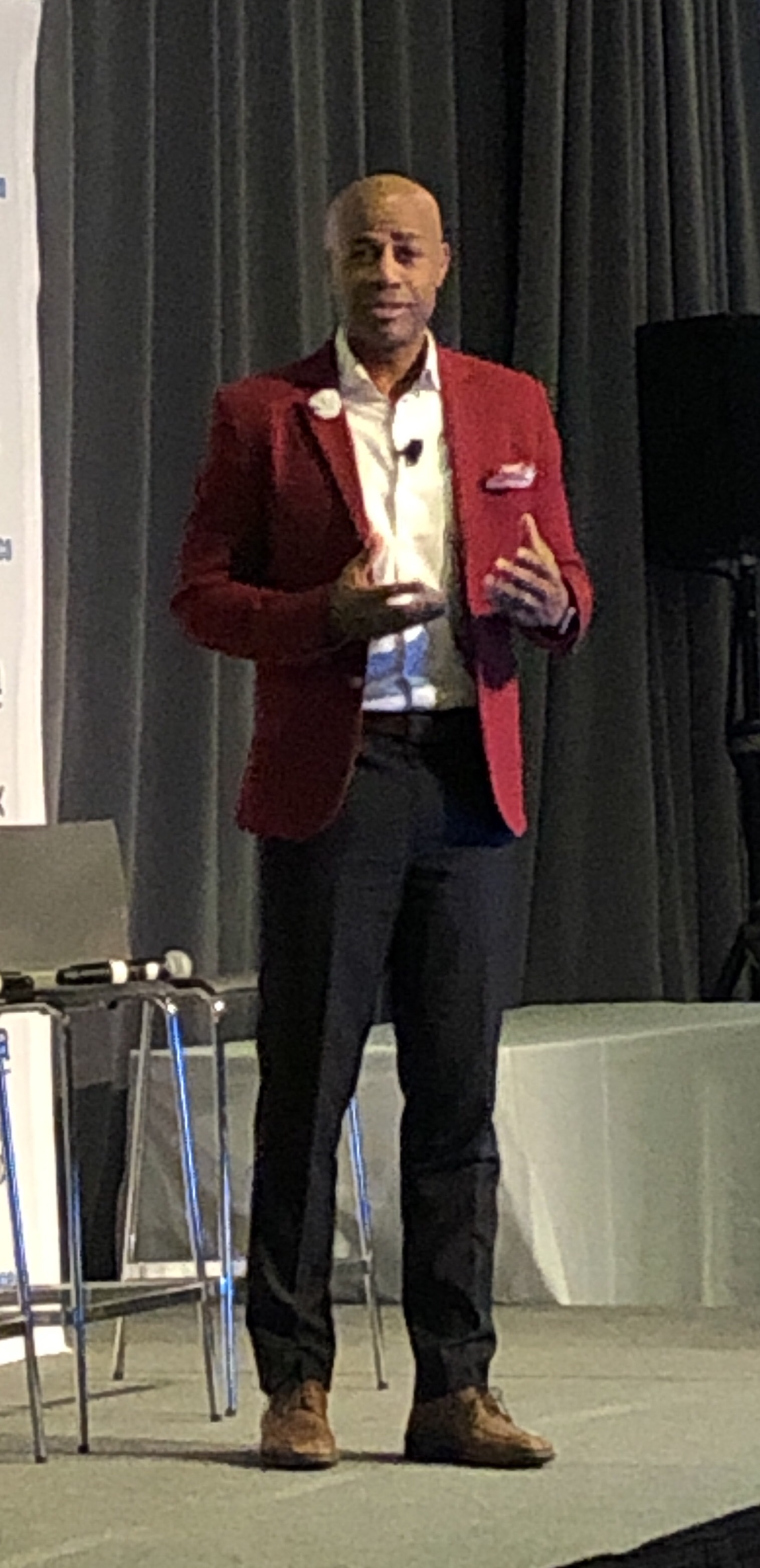 Rob Meikle, CIO at the city of Toronto, gave a fast-paced and inspiring keynote to close out the morning at Technicity. I can’t do justice to his talk here (hopefully there will be a video, because he’s a great speaker), but a few points did resonate with me.
Rob Meikle, CIO at the city of Toronto, gave a fast-paced and inspiring keynote to close out the morning at Technicity. I can’t do justice to his talk here (hopefully there will be a video, because he’s a great speaker), but a few points did resonate with me.